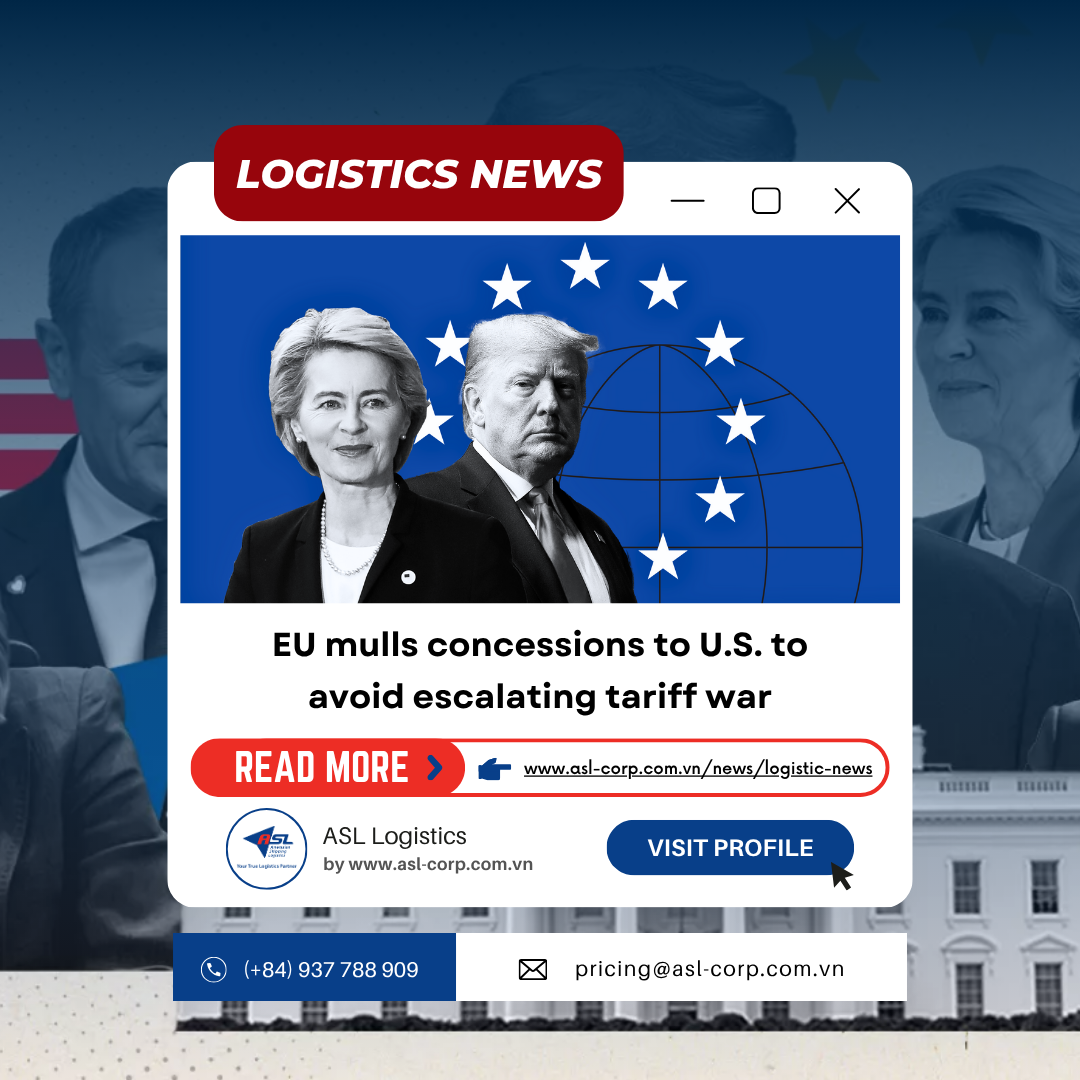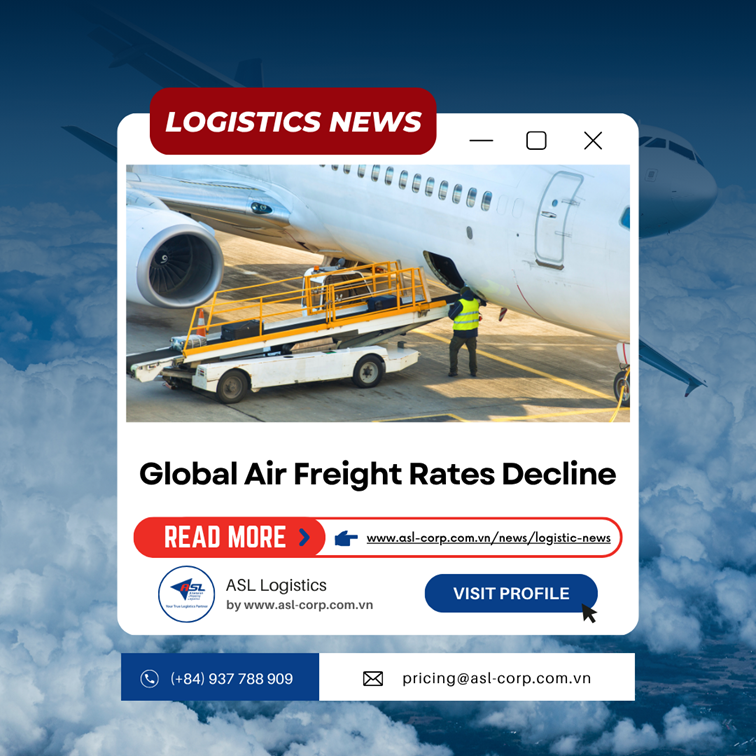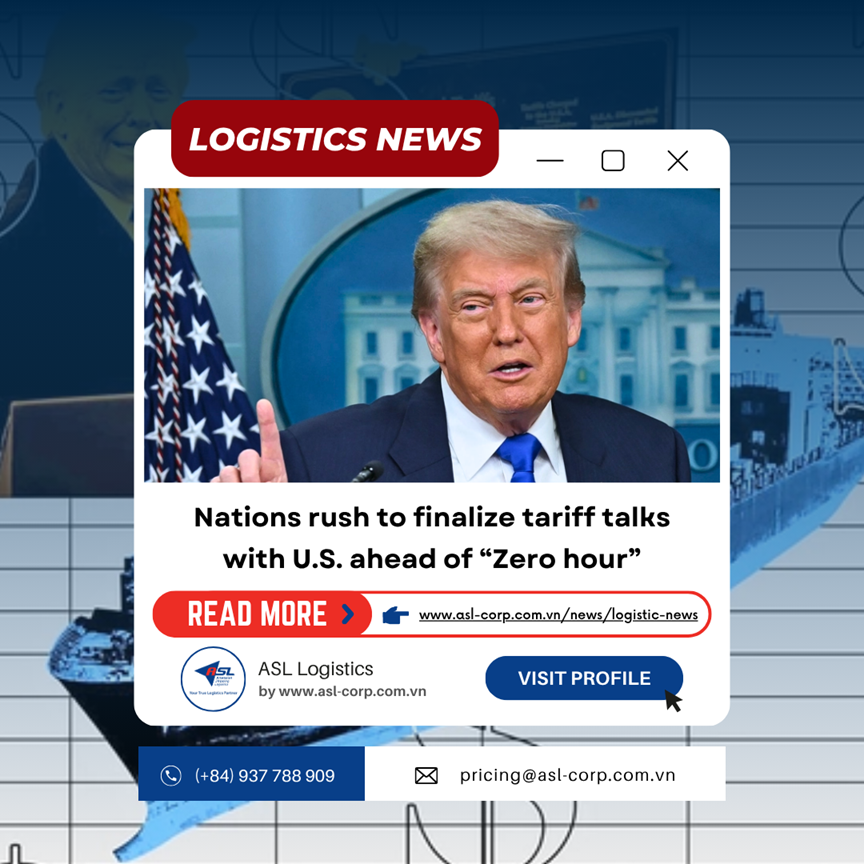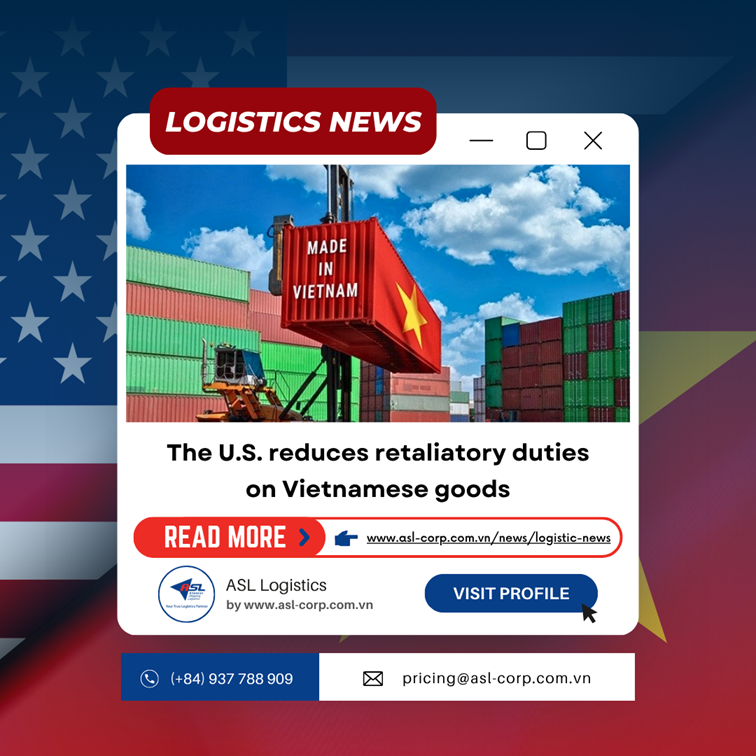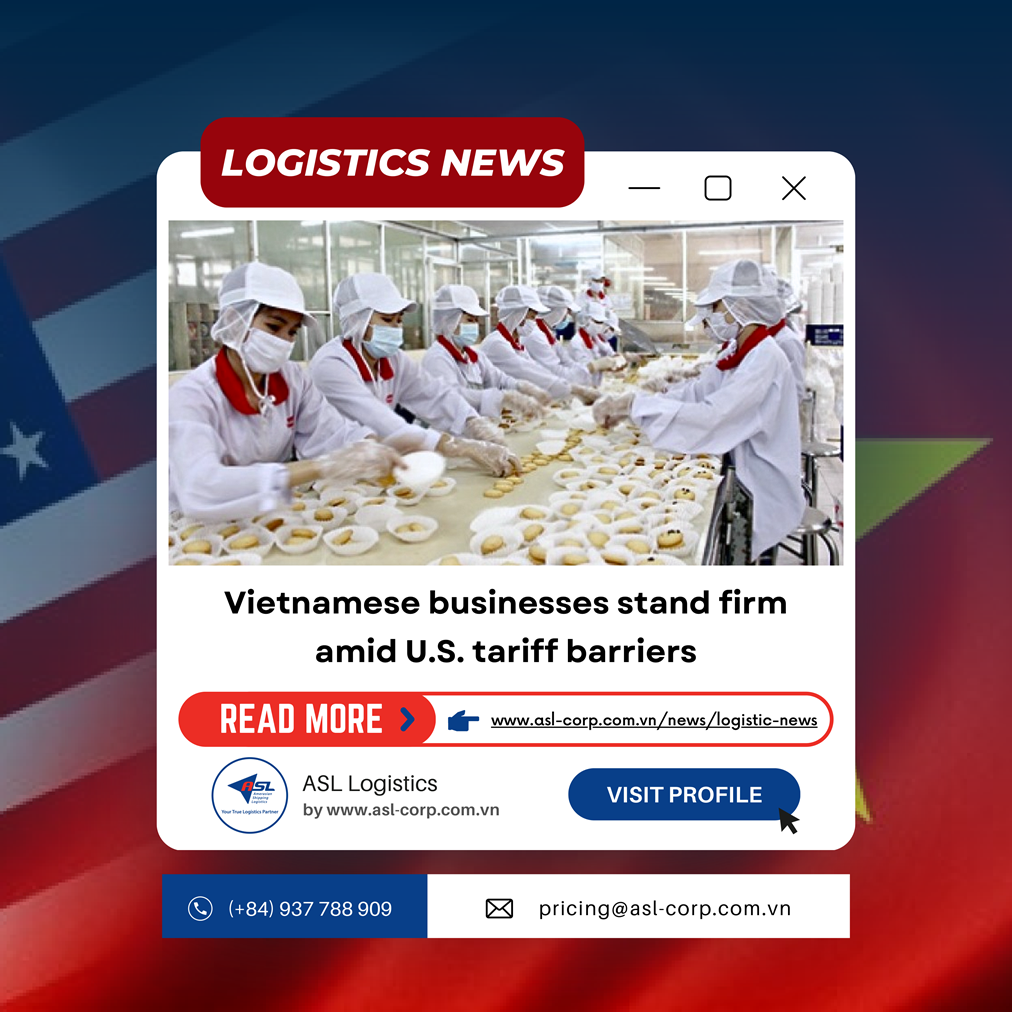Logistic News
MR. TRUMP IMPOSES RECIPROCAL TARIFFS OF 10% ON MORE THAN 180 ECONOMIES, VIETNAM PAY 46%
03 April 2025
The list of economies subject to higher reciprocal tariffs includes some of America's largest trading partners, including Vietnam...
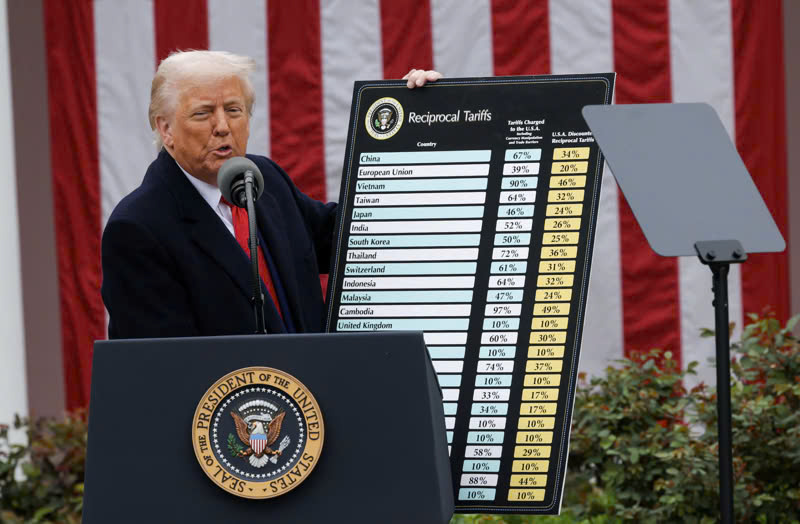
U.S. President Donald Trump announces reciprocal tariffs on April 2 at the White House – Photo: Reuters
On April 2, U.S. President Donald Trump announced the imposition of reciprocal tariffs — of at least 10% on all goods imported into the United States, with dozens of countries facing even higher rates. The list of economies subjected to higher retaliatory tariffs includes some of the largest U.S. trading partners, among them Vietnam.
This move marks a new escalation in the trade war that President Trump reignited after returning to the White House in January this year. According to Reuters, the broad application of tariffs will erect new trade barriers around the world’s largest consumer economy, reversing decades of trade liberalization that have shaped the current global order. Many of the U.S.'s trading partners are expected to retaliate by imposing tariffs on American goods, leading to higher prices for a range of products—from bicycles to wine—in other countries.
Reflecting concerns over the outlook for the U.S. and global economies, U.S. stock markets saw a sell-off following Trump's announcement. Previously, Wall Street stocks had been declining for weeks due to investor anxiety over growth, inflation, and corporate earnings. Since February, nearly $5 trillion in market capitalization has been wiped from U.S. stocks.
“This is our declaration of independence,” Trump said at an event held in the White House Rose Garden.
According to the announced plan, China will face a 34% retaliatory tariff on top of a separate 20% tariff that President Trump had already imposed on Chinese goods during this presidential term. Close U.S. allies are not exempt from the retaliatory tariffs, with the European Union (EU) facing a 20% rate, Japan 24%, South Korea 25%, and Vietnam 46%.
A White House official, speaking on condition of anonymity, said that the higher retaliatory tariffs will take effect on April 9 and will apply to around 60 countries. The baseline 10% tariff will come into effect on Saturday, April 5.
Trump stated that the reciprocal tariffs are a response to the tariffs and non-tariff barriers imposed by other countries on American goods. “In many cases, you're worse than enemies when it comes to trade,” he said.
Canada and Mexico, the U.S.'s two largest trading partners, will not be subject to the new retaliatory tariffs since they were already hit with a 25% tariff earlier. The new tariffs also exclude certain goods, including copper, pharmaceuticals, semiconductors, timber, gold, energy, and “certain minerals unavailable in the U.S.,” according to a White House document.

Trump’s announcement of retaliatory tariffs at the White House Rose Garden on April 2 – Photo: Reuters
After announcing the retaliatory tariffs, President Trump signed an executive order aimed at closing a loophole that has long been exploited to ship low-value packages — worth $800 or less — into the U.S. without being subject to tariffs. This order covers goods sent from mainland China and Hong Kong and will take effect on May 2, according to the White House.
A U.S. drug enforcement official stated that Chinese chemical manufacturers are the largest suppliers of raw materials to Mexican criminal organizations, which then use them to produce narcotics smuggled into the U.S. A Reuters investigation last year revealed that smuggling networks often exploit the “de minimis” rule — which applies to small packages — to bring these chemicals into the U.S. China has denied these accusations.
Trump is also planning to impose tariffs on several specific sectors, including semiconductors, pharmaceuticals, and even critical minerals, the official said. The 25% tariff Trump announced last week on imported cars and auto parts will take effect this Thursday.
Earlier in his second term, Trump imposed a 20% tariff on China, 25% on Mexico and Canada, and 25% on all steel and aluminum imports into the U.S.
According to Trump, tariffs are an effective tool to address a range of major U.S. issues, including trade imbalances, the fight against fentanyl, control of illegal immigration, and the revival of American manufacturing. Meanwhile, economists warn that tariffs could slow down the global economy, increase the risk of a recession, and raise the cost of living for the average American household by thousands of dollars per year. Businesses have complained that tariff uncertainty makes it harder to plan production and operations.
Trump’s tariffs have also slowed global manufacturing activity and caused American consumers to rush to buy cars and other imported goods, fearing sharp price increases once the tariffs take effect.
Source: VnEconomy

Head Office
ASL Hồ Chí Minh
Số 31/34A Ung Văn Khiêm, Phường Thạnh Mỹ Tây, TP. Hồ Chí Minh, Việt Nam
 Công Ty Cổ Phần Giao Nhận Vận Tải Mỹ Á
Công Ty Cổ Phần Giao Nhận Vận Tải Mỹ Á
 (+84)28 3512 9759
(+84)28 3512 9759
 (+84)28 3512 9758
(+84)28 3512 9758
 pricing@asl-corp.com.vn
pricing@asl-corp.com.vn
 mdirector@asl-corp.com.vn
mdirector@asl-corp.com.vn
 www.asl-corp.com.vn
www.asl-corp.com.vn
LOGISTICS SERVICES









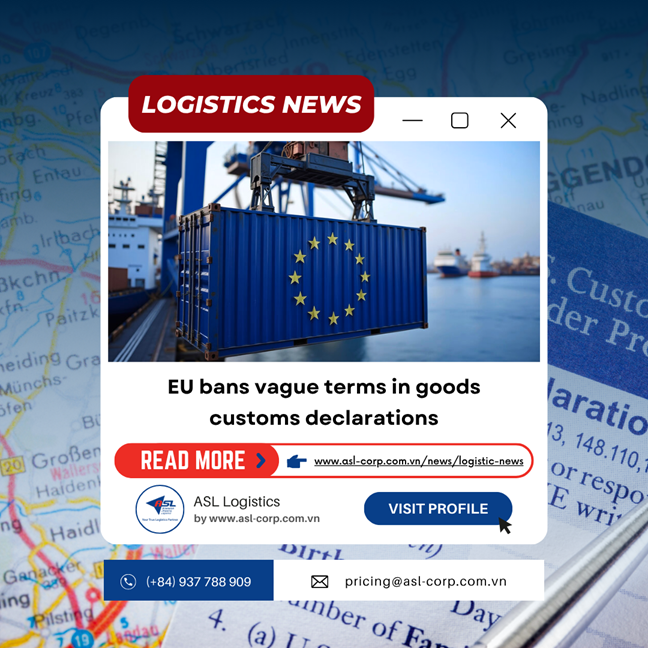
.png)
.png)

.png)
